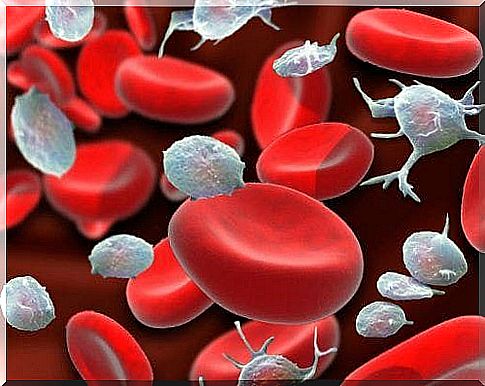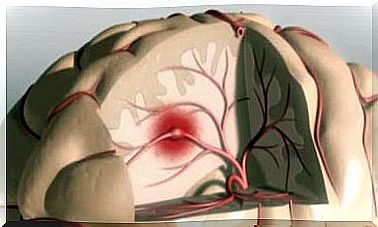How Is The Risk Of Postoperative Bleeding Determined?

Injuries and trauma increase the risk of postoperative bleeding, which can manifest itself in the form of blood clots. Different types of blood vessels carry oxygen and nutrients to the tissues. When they are damaged, bleeding may occur inside or outside them.
Hemostasis is the process that stops bleeding from damaged blood vessels. The factors needed to form blood clots are:
- Platelets: These are very small cells produced by the bone marrow. Their number varies between 150,000 and 400,000.
- Coagulation factors: They are found in the blood and are mainly produced by the liver.
Surgery has been associated with an increased risk of venous and arterial thromboembolism. Specialists have also found that temporary discontinuation of antithrombotic drugs increases the risk of thrombosis and embolism.
The risk of postoperative haemorrhage induced by oral anticoagulants is, under normal circumstances, low. However, depending on the procedure in question, it may be increased during or after the intervention.
Factors influencing the risk of postoperative bleeding

Assessing the risks associated with a particular surgery is essential to protect the patient’s health. For this reason, the type of antithrombotic treatment that the doctor chooses depends on the patient’s condition.
Therefore, specialists must assess both the thrombotic and the hemorrhagic risk of the intervention. The first is important because it determines the risk of thrombosis once anticoagulant / antiplatelet therapy is discontinued.
In such cases, doctors may continue or discontinue anticoagulant therapy. If you choose the second option, you should prescribe heparin and then resume therapy with oral anticoagulants. This is necessary because of the postoperative immobility, but also because of the prothrombotic effect of the intervention itself.
Definition and complications of postoperative hemorrhage
Major postoperative bleeding is a type of severe bleeding that requires a transfusion of at least two units. It can also be intracranial, intratoarctic or peritoneal.
When a complication involving bleeding occurs, the treatment prescribed by the doctor depends on the extent of the hemorrhage and its location. And clotting levels play an important role. Fatal or life-threatening bleeding is also considered to be major.
The risk of bleeding will also influence the reintroduction of antithrombotic therapy in the postoperative period, because the onset of coagulation in high-risk cases varies. If suppression of anticoagulant therapy continues for more than a day, your doctor will need to consider taking heparin.
Resumption of anticoagulant therapy after surgery

Anticoagulant therapy should be resumed within 2-3 days after surgery. Always consult a doctor before taking any medication.
Start with small doses – that is, those used in prophylaxis – 2-3 days after surgery. You can take therapeutic doses after 48-72 hours, but only if you have not suffered a continuous postoperative hemorrhage.
Most patients treated with warfarin and acenocoumarol can resume anticoagulant therapy from the first night after surgery, as long as they have not experienced bleeding complications.
The therapeutic effect will appear only 4-5 days after the start of anticoagulant therapy. One of its main objectives is for the patient to recover from antithrombotic status as soon as possible. Medical staff should consider appropriate postoperative haemostasis and the risk of bleeding associated with the procedure.
In general, most postoperative bleeding is remedied within the first 24 hours after surgery. But there are exceptions, so anticoagulants should not be given before hemostasis returns to normal.









